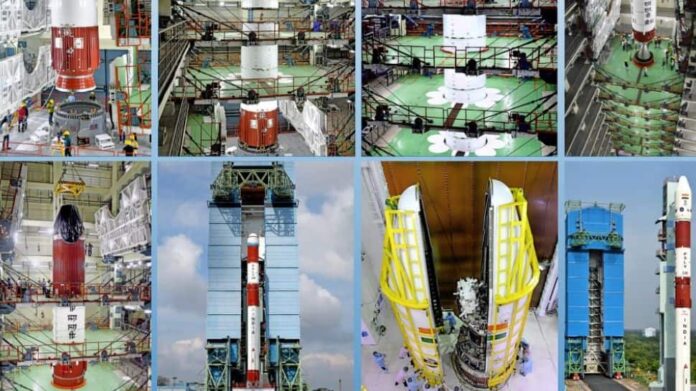The Indian Space Research Organisation (ISRO) is all set to launch its year-end mission, the “Space Docking Experiment” (SpaDeX), on Monday from the Satish Dhawan Space Centre in Sriharikota, Andhra Pradesh at 10:00:15 pm.
“Tonight at precisely 10:00:15 PM, PSLV-C60 with SpaDeX and innovative payloads are set for liftoff. SpaDeX (Space Docking Experiment) is a pioneering mission to establish India’s capability in orbital docking, a key technology for future human spaceflight and satellite servicing missions. Liftoff: 30 Dec, 10:00:15 PM (22:00:15 hours),” ISRO posted on X.
The PSLV-C60 rocket will be launched from the Satish Dhawan Space Centre in Sriharikota today.
Preparations are complete for the launch of the PSLV-C60 rocket. ISRO has made all necessary arrangements for the ‘Spatial’ project, which will launch two small spacecraft. The PSLV-C60 rocket, set to lift off from the Sriharikota launch pad, will carry out the “Space Docking Experiment” (SpaDeX) mission.
What Is SpaDeX Mission
The SpaDeX spacecraft was designed and realised by the UR Rao Satellite Centre (URSC) with the support of other ISRO centres. The spacecraft, in its orbital phase, will be controlled from ISTRAC using ISRO ground stations and other externally hired ground stations.
According to ISRO, the primary goal of the SpaDeX mission is to develop and demonstrate the technology required for the rendezvous, docking, and undocking of two small spacecraft (SDX01, the Chaser, and SDX02, the Target) in a low-Earth circular orbit.
“In addition, SpaDeX, because of its small size and mass, is even more challenging due to the finer precision required for the rendezvous and docking maneuvers compared to docking two large spacecraft. This mission will be a forerunner for autonomous docking needed for future lunar missions like Chandrayaan-4 without the support of GNSS from Earth,” ISRO said in a statement.
Like all other satellites in low-Earth orbit, both SpaDeX spacecraft are equipped with a differential GNSS-based Satellite Positioning System (SPS), which delivers Position, Navigation, and Timing (PNT) solutions for the satellites.
“In SpaDeX, a novel RODP processor is included in the SPS receiver, which allows accurate determination of the relative position and velocity of the Chaser and the Target. By subtracting the carrier phase measurements from the same GNSS satellites in both Chaser and Target SPS receivers, highly accurate relative states of the two satellites are determined. The VHF/UHF transceivers in both satellites aid this process by transferring the GNSS satellite measurements from one satellite to the other. Hardware and software test beds, including closed-loop verifications, were carried out to characterise the RODP performance,” the statement said.
(With ANI Inputs)
